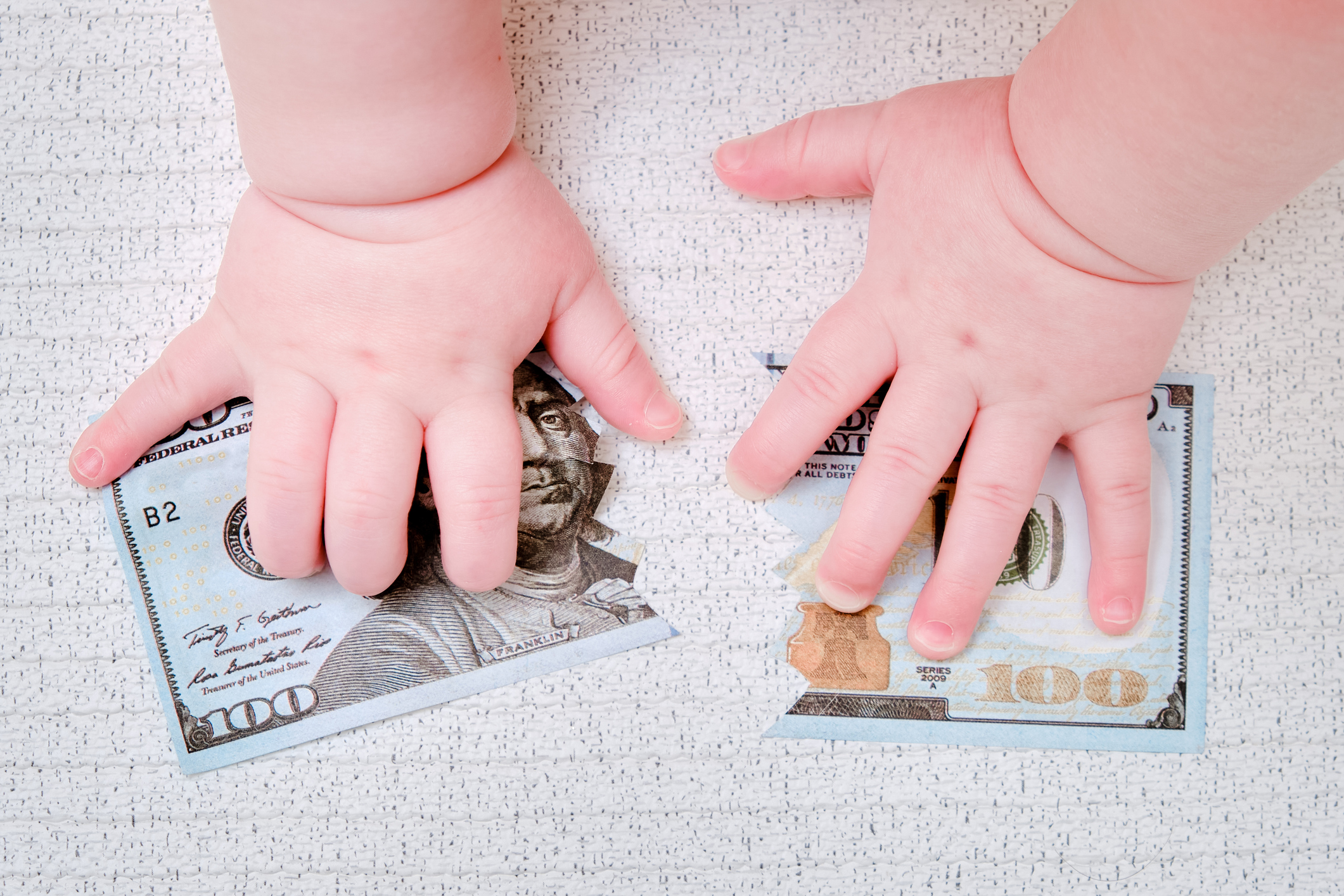Nearly every week, I receive an email from one of our portfolio founders that reads something like: “Hey, Eric, great news! We just got out of a meeting with Dave from AwesomeVC and he loves what we’re doing. I have a good feeling he’s going to lead our Series A round.”
Not long after, a few more super enthusiastic emails follow about the high probability that other VCs are also very interested and how the founder expects to wrap up the round quickly and painlessly.
Then the balloon deflates. One by one, the VCs pass on the round, and the founder has to break the news to the co-founders, employees, and existing investors. He’s completely dejected, his team is now concerned about running out of money, and his initial investors fear they may have funded a dud. How could he have been so wrong about the interest level of the VCs? They seemed genuinely excited; what went wrong?
The problem is that venture capitalists often give off signals that are inconsistent with the real probabilities of their actually making an investment. Venture capitalists are not just buyers of companies; they’re also sellers of capital–meaning that because the best deals are competitive, investors use enthusiasm to increase their chances of winning (should they ultimately decide to invest). That’s not to say their enthusiasm isn’t genuine; it just doesn’t necessarily reflect their likelihood of investing.
Every VC is different, but here’s a breakdown of a few steps in the investment process to illustrate how a founder’s expectation of closing a deal differs from that of a VC’s. This is far from a scientific analysis, just a general sense of the numbers from my experience.
The VC Invites You to Pitch
Likelihood You’ll Get Funded:
In your mind – 10% In reality – <1%
Most VCs take a few hundred meetings a year and fund one to three investments a year. Founders typically get in the door with a strong personal introduction from a mutual contact, which can lead to the assumption of real interest from the VC. Don’t get excited about getting a meeting; VCs are paid to listen to you pitch.
The VC Invites You to a Second Meeting
Likelihood You’ll Get Funded:
In your mind – 50% In reality – 10%
Being invited back happens right away, and it can make you feel that momentum is building. Unfortunately, I’d estimate that the typical VC quickly invites back 20 to 40 companies a year after a great first meeting.
The VC Invites You to a Partner Meeting
Likelihood You’ll Get Funded:
In your mind – 90% In reality – 50%
After multiple meetings and due diligence, a VC will often invite you to pitch the partnership. Although some firms really do rubber stamp investments at partner meetings, I’d estimate that about half of these investment discussions vaporize at this point. Frequently, the partner leading the deal loses enthusiasm after facing the crucible of his colleagues.
The VC Offers You a Term Sheet
Likelihood You’ll Get Funded:
In your mind – 100% In reality – 90%
This is often the most painful disconnect between founders and investors. Most founders consider a term sheet to be a 100 percent guarantee of financing. Unfortunately, my experience is that 1 in 10 term sheets self-destructs. When the term sheet comes, you shouldn’t take closing for granted.
Why does any of this matter? Raising money is like any other sales process, only the consequences of failure are usually much more significant. Qualify your prospects accurately, make contingency plans, and don’t appear naive by overestimating the odds of a close. Once the deal is done, then you can celebrate.
